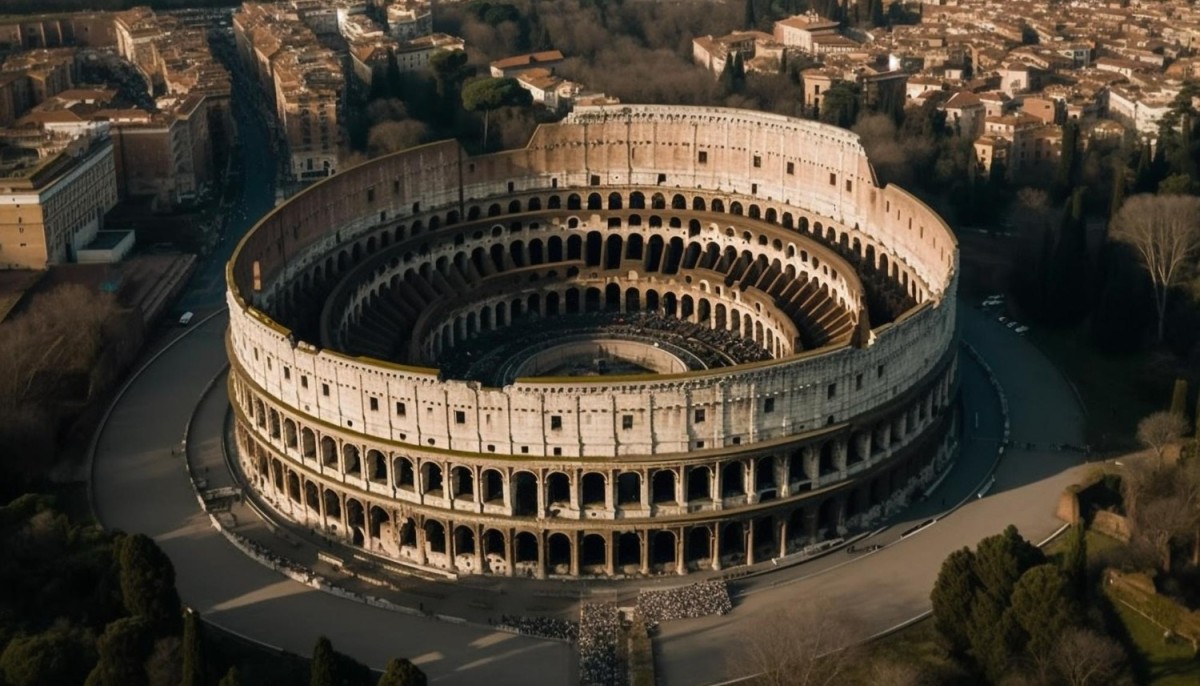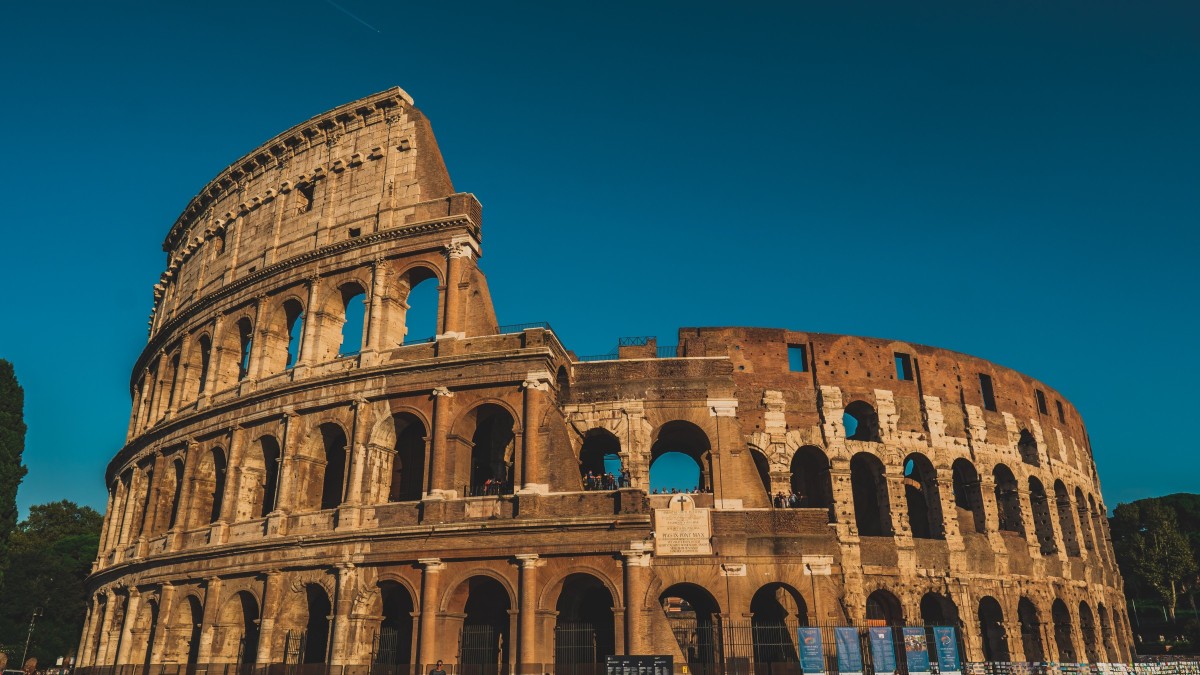
Almost 20 centuries ago, what is now the municipality of Marvão, in Portalegre, was the Roman city of Ammaia. Archaeological work by the National Museum of Roman Artin Mérida and the University of Lisbon has revealed the existence of a forum and, more recently, about two years ago, an amphitheatre. According to the Spanish museum's management, accessibility issues are being studied so that the arena can be visited from 2024.
Rome's Colosseum: the life of the Roman Empire
The forum was the centre of the Roman Empire's cities: it was where the political, cultural and commercial life of the citizens took place. An amphitheatre could be found near the forum. A total of 230 have been found throughout, the best preserved of which are the Roman Theatre in Merida and the Flavian Amphitheatre, better known as the Colosseum in Rome.
These are open-air arenas, usually round or oval in shape. The central space is surrounded by steps, where spectators used to sit and watch different kinds of shows: gladiator duels, executions and even wild animal hunts.

The Roman amphitheatre discovered in Portugal
The largest known Roman amphitheatre is the Colosseum in Rome, built by order of Emperor Vespasian after the great fires of Rome in 64 BC. Its base is 189 metres long and 156 metres wide. The recently discovered amphitheatre in Marvão is around 60 metres long. The arena, built during the 1st century, was one of the cultural centres of a city that is estimated to have had around 2,000 inhabitants and was in operation for 400 years.
The collaboration between the National Museum of Roman Art in Mérida and the University of Lisbon has been going on for two years in this research project in the ruins of the city of Ammaia. The Roman amphitheatre of Marvão is the fifth to be discovered in the province of Lusitania, an area that includes most of Portugal and part of Spanish Extremadura. Joining the list are the amphitheatres of Mérida, Conímbriga (in Coimbra), Bobadela (in Oliveira do Hospital) and Caparra (in Cáceres).